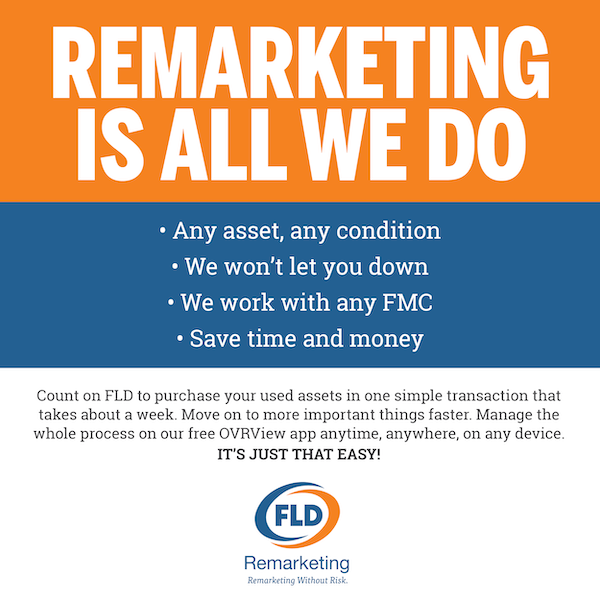
By John Wolford, Vice President, Business Process, Quality, and Sourcing, The CEI Group, Inc.
Supplements are additions to original estimates that can knock you for a loop. Ideally, you want your first estimates to be reliable before you authorize repairs. But how can you accomplish that? There’s a cure that sharp accident management service providers take advantage of, but before revealing it, let’s define terms.
Supplements occur when there is damage inside the vehicle that wasn’t seen or anticipated when an estimate is written. They are revisions to initial estimates, and require additional customer approval for repairs to proceed. According to industry experts, supplements are issued for some 30 percent of all collision repair jobs nationwide, and the average dollar amount is around 25 percent over and above the original estimate. If that’s your fleet’s record, take heart: you can cut the number of supplements you receive by half or more.
Body shops experienced in handling fleet vehicles often have a good idea as to what damage lies hidden under what’s immediately visible to the naked eye. They don’t, however, if they don’t have a lot of experience with a given make and model, or your fleet vehicle is a relatively new or dramatically redesigned model. (That’s where an accident manager that handles thousands of claims every month has an advantage.)
The first step in estimating is a so-called “visual” inspection of a damaged vehicle. This involves a close examination of the exterior and interior from all angles, but without removing any parts for a deeper look. If additional unseen damage is expected, the estimate fleets receive will include a total for so-called “open” repair expenses, backed up by itemized parts and labor expenses that might be needed.
But there are two problems with estimates that include such open items. The first is that, if the need for the additional repairs is discovered, a supplement still has to be sent to the client and be approved for repairs to proceed. The second is that the open items often don’t correspond to the actual repairs needed or their cost. (Sometimes, it’s even found that the open items aren’t needed.)
While it isn’t possible to eliminate every chance of a supplement, the best way to minimize them is to request a “tear-down” estimate. This involves taking the vehicle apart, as needed, to be as sure as humanly possible that all damage has been identified. A tear-down estimate may add another day or two the total time to repair the vehicle, but supplements often add that much time or more, so in the long run they save time.
Tear-down estimates aren’t the norm for body shops, but accident management providers who rely on them can reduce supplement rates from the industry’s 30 percent average to below 15 percent. And when you’re a busy fleet manager, doing all you can to keep your fleet running within budget, that amounts to far fewer nasty surprises and headaches.

